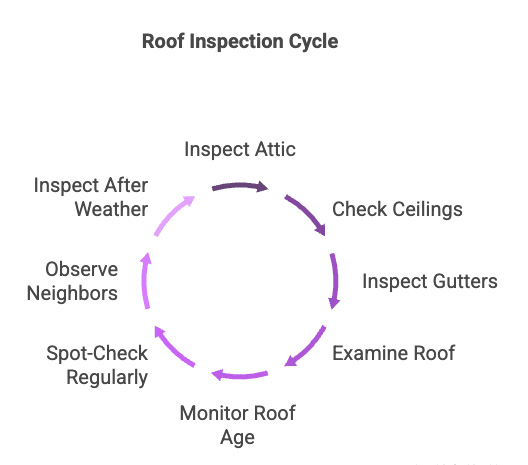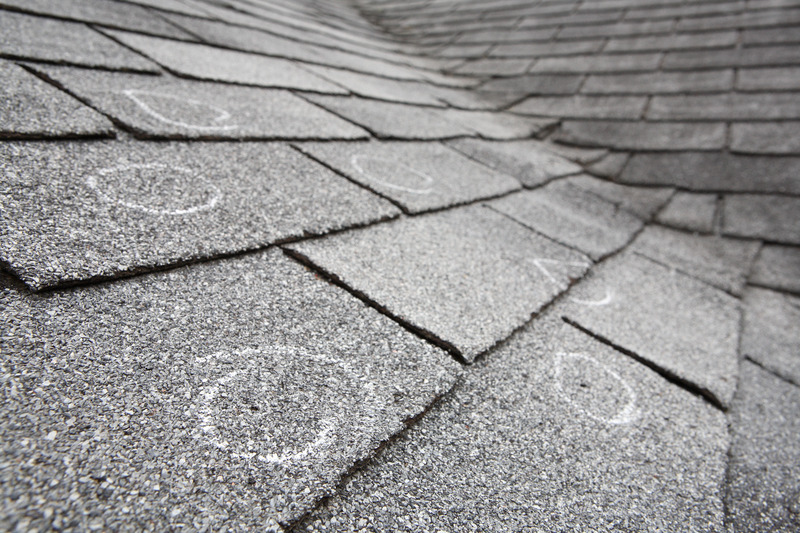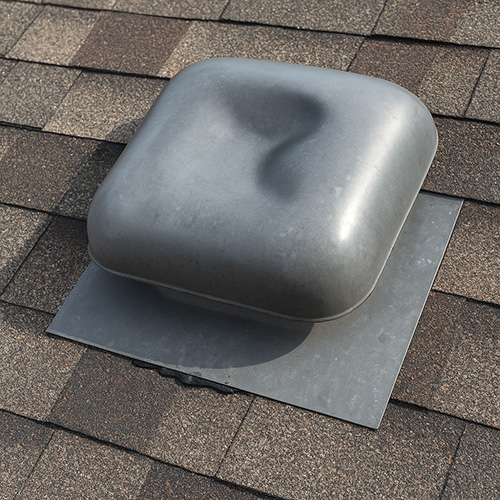With Local Photo Examples from Castle Rock & Denver Homeowners
Not all roof damage is visible from the ground. Hail season in Colorado brings serious risks to your home’s first line of defense. Here’s how to spot signs early — before they become costly repairs.
Call Sonners Contracting – 303-847-1708Why Hail Damage Isn’t Always Obvious
Hail damage isn’t always the dramatic, Hollywood-style destruction you might imagine. In many cases, the damage is subtle, silent — and slowly compromises the integrity of your entire roofing system over time. You won’t see gaping holes or missing shingles from the ground. Instead, the signs often hide in plain sight: bruised shingles, dislodged granules, cracked flashing, or dented vents.
One of our recent clients in The Meadows in Castle Rock said it best: “We didn’t notice a thing after the storm — no leaks, no missing shingles. But Sonners found six compromised sections that would’ve cost us thousands next season.”
That’s the reality of Colorado hail — it often causes invisible damage that only a trained eye can detect. And the longer it’s left unchecked, the greater the risk of leaks, mold, and full roof replacement.

What Hail Damage Looks Like (Photo Examples)
Here’s what real hail damage looks like on Colorado homes — from recent inspections across Castle Rock and Denver. Notice the signs: they’re often small, but dangerous if left unchecked.

Shingle Bruising on Castle Rock Roof
This photo shows a common but serious form of hail damage: shingle bruising. The granules are knocked off, exposing the asphalt underneath. Left alone, this weakens waterproofing and shortens your roof’s lifespan.

Dented Vent Cap in Denver
A vent cap dent like this may seem minor, but it can weaken the vent seal. Over time, it lets in moisture — which can mean internal damage and mold around your attic space.
These are just a few examples from our on-site inspections. If your home was near a recent storm, even a small amount of damage could be silently compromising your roof.
DIY Hail Damage Inspection Checklist
If you suspect your home may have been hit by hail, here’s a safe and simple checklist you can follow. You won’t need to climb on your roof — most of this can be done from the ground or with binoculars.
- ✅ Check your gutters and downspouts – Look for dents or granules collecting at the base.
- ✅ Inspect metal surfaces – Vents, flashing, and AC units may show dents more easily than shingles.
- ✅ Scan for damaged siding or trim – Hail often chips paint or leaves behind cracks on the home’s exterior.
- ✅ Look for shingle granules on your driveway or patio – This can signal roof wear after a storm.
- ✅ Use a flashlight in your attic – Check the underside of your roof for signs of water stains or drips.
If you spot any of these signs — or just want peace of mind — schedule a free roof inspection with Sonners Contracting. We’re happy to help you confirm what you’re dealing with.
Schedule a Free Inspection – Call 303-847-1708Why a Professional Roof Inspection Matters
Even the most thorough DIY checklist can’t compete with a trained roofing expert. At Sonners Contracting, our inspectors don’t just look — they investigate. We check every layer of your roofing system, document findings for insurance purposes, and give you an honest, pressure-free evaluation of your roof’s condition.
Here’s the truth: Many hail claims are denied because homeowners file too late or fail to identify all damage. Insurance companies require proof. That’s why our photo-documented reports are designed to give you an edge — we’ve helped dozens of Castle Rock and Douglas County homeowners secure full roof replacements they might’ve otherwise missed.
And if your roof’s in great shape? We’ll tell you. No scare tactics. No upsells. Just an honest roof assessment from locals who live and work right here in the same communities we serve.
Book Your No-Obligation InspectionWhat to Know Before Filing a Roof Insurance Claim
Filing a roof claim after a hailstorm isn’t as simple as it seems — and one wrong move can lead to delays or denials. Most policies require clear proof of storm-related damage. That means your best first step isn’t calling your insurance company. It’s calling a trusted roofer who can document the damage, guide you through your policy terms, and even meet your adjuster on-site.
At Sonners Contracting, we’ve helped homeowners across Castle Rock and Douglas County avoid lowball offers, denied claims, and drawn-out disputes. We know the language insurance companies use — and how to present damage in a way they recognize.
“I had no idea how technical the insurance process was. Sonners handled everything — I just signed the paperwork and got my new roof within weeks.”
– Rachel T., homeowner in The Meadows
We’re here to simplify the process and make sure your roof gets the attention — and coverage — it deserves.
